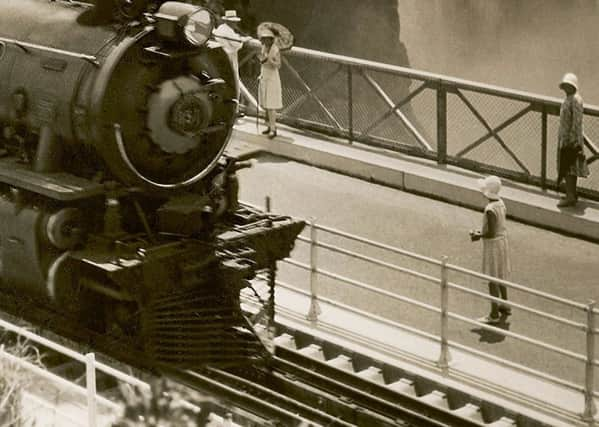Book review: Lost Railway Journeys From Around the World, by Anthony Lambert


Closest to home, the book notes that a 12-arch viaduct in Glen Ogle – acclaimed by a railway executive as Scotland’s “Khyber Pass” – is now a highlight of the national cycle network. It is part of the Dunblane-Crianlarich section of the Callander & Oban line which was about to be closed when a rockfall nearby in 1965 brought it to a premature end. The majesty of the scenery now afforded to riders and hikers using the line is reflected in the fact an observation car with armchairs and a full-length window at the rear was added to a daily train in 1914.
In other chapters, covering 33 lines across six continents, Lambert’s descriptions of former routes that have become bike trails inspired me to add them to plans for future journeys; trails like the one on the former Otago Central Railway in New Zealand, which closed in 1990 and is now one of the most popular. The post-goldrush line’s draws include re-decked bridges over dramatic gorges and rivers.
Advertisement
Hide AdAnother is the Kettle Valley line in Canada, where, east of Hope in British Columbia, riders can take the path of trains through the five Othello tunnels – named, along with stations like Juliet and Lear, by the railway’s Shakespeare-loving builder Alexander McCulloch.
But Lambert stresses his focus is the experience of building, operating and travelling on these “lost” routes, and he has some extraordinary tales to tell, including on railways some may never have realised existed – for example, the line to Key West, at the end of the string of islands stretching 128 miles from the Florida peninsula. Spurred on by the building of the Panama Canal, the route opened in 1912, much of it on viaducts up to seven miles long, “giving its passengers the sensation of being at sea”. A sleeper train from New York called the Havana Special linked with a steamer to Cuba, with freight accompanying the passengers including race horses for the Caribbean island, and up to 100 wagons of pineapples on the return journey. However, a hurricane in 1935 swept away 40 miles of track, and part of the remainder became a road.
In Australia, the original route of part of the 1,850-mile Adelaide-Alice Springs-Darwin line – the Ghan – is traced, and Lambert details the epic challenges faced by its builders such as termites destroying the track sleepers and flash floods marooning trains for weeks. In one incident in 1967, the train crew resorted to shooting goats to keep the passengers from starvation.
The lines that Lambert has chosen also include idiosyncrasies such as the Listowel & Ballybunion Railway in Ireland, whose bizarre monorail system required trains to balance on a track supported like a trestle. Instead of level crossings, vehicles had to drive onto elevated pairs of drawbridges which were lowered over the line.
The Scottish influence on railways worldwide crops up throughout the book, with Glasgow-built steam locomotives, pictured in various guises, often the mainstay of the lines on which they operated, from Brazil and Paraguay to India/Pakistan and the former Rhodesia.
The only other Scottish line to be featured is the Waverley Route between Edinburgh and Carlisle, despite the northern third being re-opened three years ago as the Borders Railway as far as Tweedbank. But justifying its inclusion, Lambert won’t be contradicted by many rail experts in stating of the sparsely-populated remainder: “It is likely to be many years before a train runs further south”.
Lost Railway Journeys From Around the World, by Anthony Lambert, White Lion Publishing, 208pp, £25